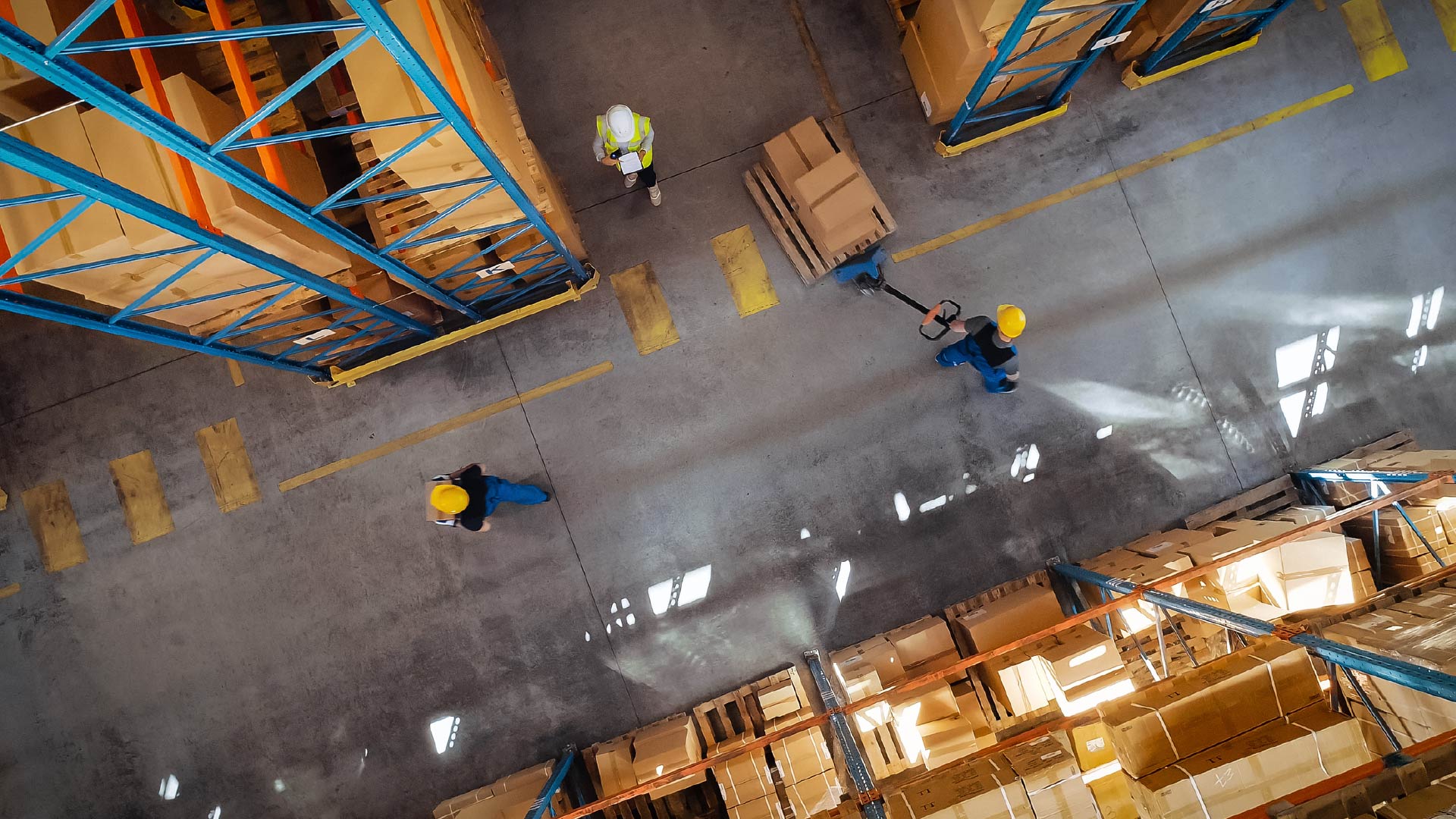COVID-19 Provides A New Lease Of Life To The Drone Market, But The Industry Has Yet To Cross The Chasm

Sebastian Winter
07 Aug, 2020
Drones have enjoyed a huge hype, with Goldman Sachs in January 2019 forecasting that the drone market would reach $100 billion by 2020. This all came tumbling down by August 2019, when Bloomberg announced that the drone bubble had burst following the shutdown of drone operations across firms such as Airware, GoPro, a rugged camera vendor, and Parrot, a French drone manufacturer. All this meant that in January 2020 the commercial and industrial drone market was still barely out of the starting block, with a highly fragmented landscape of service providers and specialist firms. The failure of the drone industry to cross the chasm is mainly down to an adverse regulatory environment, and technical limitations that keep performance below inflated expectations.
The COVID-19 pandemic has given the commercial and industrial drone market a new lease of life, with the remote capabilities of drones for inspecting vertical and horizontal assets, as well as in confined spaces, proving highly valuable during a period of lockdown and social distancing. The US Federal Aviation Administration (FAA), previously slated for dragging its feet dispensing drone licenses, sped up approval for new drone services. On the commercial side, DJI has reported that they now have 60,000 development partners working on delivering new drone solutions from pipeline inspections to 3D mapping.
To capture the market brought by this renewed interest in drones, suppliers have introduced a slew of new solutions. In June 2020 Honeywell, an industrial solution provider, launched a drone business unit to supply autonomous flight controls systems and aviation electronics. Qualcomm Technologies, a semiconductor and wireless technology solution provider, launched Qualcomm Robotics RB5 platform, an integrated hardware, software, and development tool enabling manufacturers create low powered robots and drones, in July 2020.
At the same time, there has been a steady stream of investment into drone startups. In June this year, DroneBase, a drone service provider with a focus in the renewable energy sector, raised $7.5 million to expand its operations in the European market as well as strengthen its capabilities for data analytics. Skydio, an autonomous flight specialist, raised $100 million in July 2020 to launch a new autonomous drone platform that includes solutions to simplify inspection workflows and 3D scanning capabilities.
While the COVID-19 pandemic has renewed the pace of activity for commercial and industrial drones, it is yet to translate into a large number of publicly announced new customers for drone vendors and service providers. The drone market is still held back by strict regulations, with US FAA not relaxing on the beyond visual line of site restrictions. There is also strong societal pushback, with protests in towns when police have tried to use drones to help monitor social distancing and curfew regulations. This shows that the barriers to market growth have not completely lifted, and it is unlikely that we will see the mass market adoption predicted by drone advocates.
For more information on the drone market, read our recent report: Buyer’s Guide: Drone Solution Providers
The COVID-19 pandemic has given the commercial and industrial drone market a new lease of life, with the remote capabilities of drones for inspecting vertical and horizontal assets, as well as in confined spaces, proving highly valuable during a period of lockdown and social distancing. The US Federal Aviation Administration (FAA), previously slated for dragging its feet dispensing drone licenses, sped up approval for new drone services. On the commercial side, DJI has reported that they now have 60,000 development partners working on delivering new drone solutions from pipeline inspections to 3D mapping.
To capture the market brought by this renewed interest in drones, suppliers have introduced a slew of new solutions. In June 2020 Honeywell, an industrial solution provider, launched a drone business unit to supply autonomous flight controls systems and aviation electronics. Qualcomm Technologies, a semiconductor and wireless technology solution provider, launched Qualcomm Robotics RB5 platform, an integrated hardware, software, and development tool enabling manufacturers create low powered robots and drones, in July 2020.
At the same time, there has been a steady stream of investment into drone startups. In June this year, DroneBase, a drone service provider with a focus in the renewable energy sector, raised $7.5 million to expand its operations in the European market as well as strengthen its capabilities for data analytics. Skydio, an autonomous flight specialist, raised $100 million in July 2020 to launch a new autonomous drone platform that includes solutions to simplify inspection workflows and 3D scanning capabilities.
While the COVID-19 pandemic has renewed the pace of activity for commercial and industrial drones, it is yet to translate into a large number of publicly announced new customers for drone vendors and service providers. The drone market is still held back by strict regulations, with US FAA not relaxing on the beyond visual line of site restrictions. There is also strong societal pushback, with protests in towns when police have tried to use drones to help monitor social distancing and curfew regulations. This shows that the barriers to market growth have not completely lifted, and it is unlikely that we will see the mass market adoption predicted by drone advocates.
For more information on the drone market, read our recent report: Buyer’s Guide: Drone Solution Providers
Discover more Asset Performance Management Software content
See More
About The Author

Sebastian Winter
Industry Analyst





